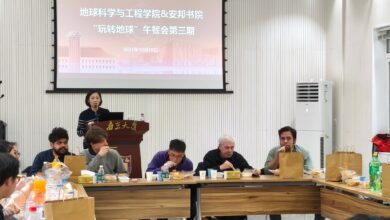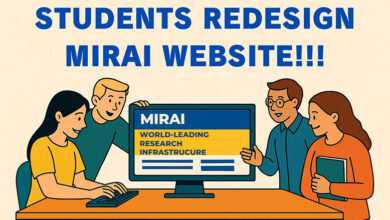Microcredentialling: Paradigm Shift for Higher Education?

Modern workplaces change at an unprecedented pace. The skills and knowledge acquired in a one-size-fits-all university degree obtained from higher education institutions become superseded by technological advances and new methodologies. Employers are seeking for individuals with detailed competencies specific to their hiring needs. Similarly, students are expected to acquire additional competencies to meet employers’ needs. As such, universities of the 21st century need to be responsive to the changing needs of employers and job seekers by creating a learning environment where new skills and credentials can quickly and conveniently be acquired, in an affordable manner.
A new model of learning, known as micro-credentialing, has emerged to fulfil the urgent need for upskilling and retraining in this day of digital economy. There are two broad types of micro-credential. One is credit bearing, incorporating an assessment component and contributing to a formal qualification. The other is a non-credit-bearing micro-credential in the form of an in-house credential in the form of a “digital badge” or a “massive open online course” (MOOC). These may still require assessment, but does not contribute to a formal qualification or necessarily adhere to a set academic standard. The non-credit bearing micro-credentials basically contribute to lifelong learning.
Read the full article at The Malay Mail.
Image by Gerd Altmann from Pixabay




